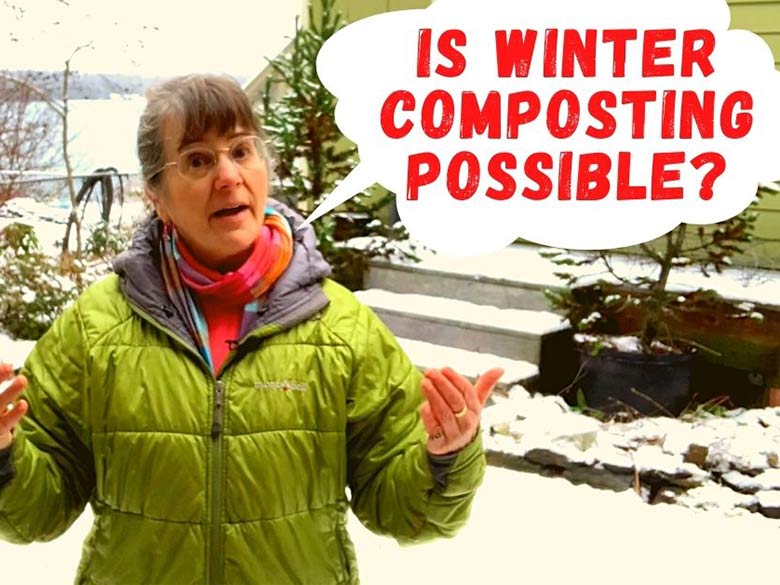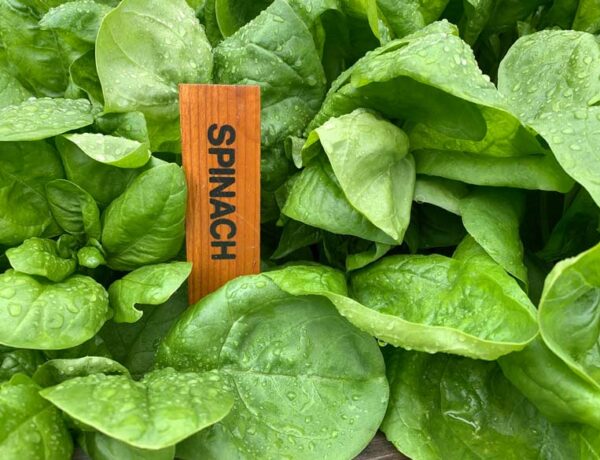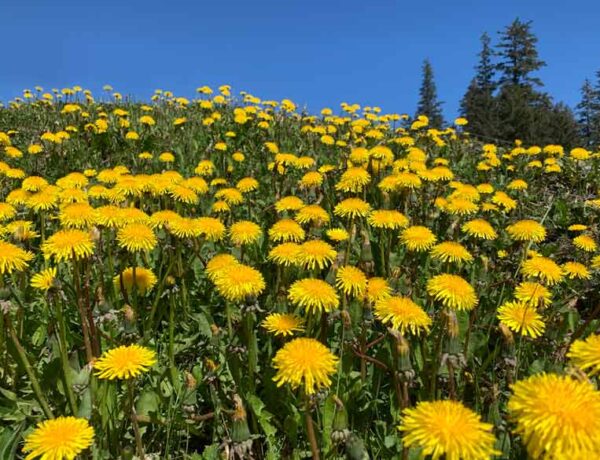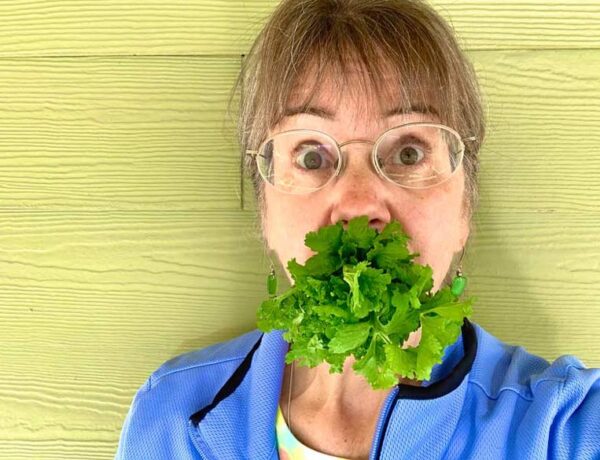Now that we’re well into winter, have you ever wondered how to compost during the winter, even if you don’t have compost bins or a tumbler?
If the thought has crossed your mind, but you didn’t know how to get started or what it entails, you’re in the right place.
Turns out, one of the most common questions I get this time of year deals with winter composting. Here’s a question that arrived in my inbox last week from Wendy L. of northern Vermont:
[perfectpullquote align=”full” bordertop=”false” cite=”” link=”” color=”” class=”” size=””]Hi Marion! I’m interested in knowing how you keep your compost pile working in the winter. I have an enclosed black box for a composter. In the winter I just have veggie scraps and spent grain from our homebrew to add. Sometimes I can turn it but most times it is frozen. Thanks for your help![/perfectpullquote]
Before I answer Wendy’s question, let’s talk about what winter composting IS and what it ISN’T:
1. Winter composting is NOT about maintaining a hot compost pile.
2. Winter composting IS about using one of your household’s most valuable assets: Food scraps.
Notice I didn’t say food WASTE or kitchen GARBAGE?
Thing is, what we toss out as “garbage” every day–in the way of coffee grounds, burnt toast, and banana peels–is to cheat your garden from a valuable resource.
Really? What can we do instead?
[Hi, Marion Owen here. Just so you know, this article was originally published in the Kodiak Daily Mirror, the hometown newspaper for Kodiak, Alaska. You can access the archive page for my past columns, written each week since 1986. One more thing… if your compost isn’t behaving as it should, I invite you to discover your #1 Composting Mistake by taking my 60-second assessment here].
Compost ’em.
That’s right. Even in the winter…
So let’s go through the process, step-by-step, and debunk a few myths while we’re at it…
STEP 1: Set up 2 collection containers
— Container #1 belongs in the kitchen. This can be a coffee can, a re-used laundry soap bucket… something to hold kitchen scraps.
— Container #2 sits outside, within easy access. This can be any size, from a 5-gallon bucket to a Rubbermaid tote or 55-gallon garbage can. Either way, a secure, LOCKING LID is a MUST.
STEP 2: Collect food scraps
Onion skins, moldy cooked rice, eggshells, wilted lettuce… you get the idea. No-nos include salad dressings, meat, French fries, and cheese. (Not sure what you can and cannot compost? Send me an email to: [email protected] and I’ll hook you up with my special report: 220 Things You Can Compost).
STEP 3: Maintain a stash of fluff
By ‘fluff’ I mean shredded paper, newspaper, cardboard, leaves, straw, hay, and so on. I’ll explain in a moment…
STEP 4: Mix food scraps and fluff
When Container #1 is full, take it outside and add it to Container #2 while tossing in handfuls of fluff at the same time. IMPORTANT: This is critical to keep things aerated and thus avoid a slimy, stinky mess.
STEP 5: What’s next?
Come warmer weather, incorporate everything into a new, full-sized compost pile which, when done right, will reach 145 to 160 degrees F.
That’s all there is to it.
Takes only a few minutes and you can do it in your BATHROBE!
Now, you might be wondering…
What if the mixture freezes?
That’s OK. One of the beauties of composting ANY time of year is to re-purpose your kitchen scraps because they still have life left in them. And so, the main goal of winter composting is to keep collecting food scraps.
What about dogs and other pests?
No yard or garden in the world is without critters, large or small. In Kodiak, with brown bears as neighbors, it IS possible to compost year-’round in one way or another. Bottom line: Be bear aware and let common sense be your guide. (By the way, if your neighbor’s dog is getting into your garden, there are ordinances that address such infractions).
No room for containers outside?
No problem. You have options: There’s vermiculture (worm composting) in a garage, basement, or heated shed. Or maybe you have a friend (does the landfill composting facility take kitchen scraps?) who is more than happy to take your scraps.
Oh, I almost forgot: You can always store your food trimmings in the freezer…
How else to compost during the winter?
Try the DIG AND DROP method–something you can do year-round. Whenever your soil is friable, simply dig a hole, toss in your scraps, and cover them up. Done. Earthworms and other tiny heroes will get right to work, breaking them down as you sleep.
Cool, right?
Okay, I’ll leave you with that for now…
Have a great rest of your week. Be safe, be well,

++++++++++++++++++
P.S. Slowly but surely I’m posting over 1,200 of my weekly gardening articles, which you can access here. And be sure to check out my report: “220 Things You Can Compost”. To contact me by email: marion (at) marionowenalaska.com.





7 Comments
Charles Bader
October 25, 2022 at 1:31 PMHey Marion- Here’s an update on my latest effort towards winter composting Alaska. Got 15 cu yds of birch chips and added garden scraps and quail/chicken manure. Covered some if it with 4mil poly and then a 4×8 sheet of 3″ Expanded Polystyrene and 2 each 4×4 3″ polyisocyanurate foam sheets and various other foam scraps. Keeping it going has been contentious with it dropping to 80F after mixing. Now it has slowly climbed up to 130F with nighttime temps dropping down to 20F. I am planning on adding bagged excelsior on top and covering that with another tarp. Stay tuned for more updates!
Charles Bader
July 12, 2022 at 3:07 PMMarion- Great advice! I enjoy conversing with you on AK Home Garden group. I like how you say winter composting isn’t about hot composting. Very true, but I do love a challenge and will try to keep my 178F pile going well into the winter. How else am I to heat my floors and domestic hot water?
Geneva
February 17, 2021 at 8:54 AMthis is so good JOE
marionowen
February 14, 2021 at 4:46 PMWill try my best! Cheers, Marion
marionowen
February 14, 2021 at 4:45 PMMy extreme pleasure to be of service, Joe. Be well and thank you for stopping by with your comment.
Joe Syrkowski
February 14, 2021 at 4:38 PMThank You
Joe Syrkowski
February 14, 2021 at 4:38 PMLooking forward to more articles